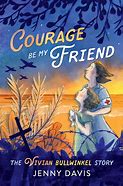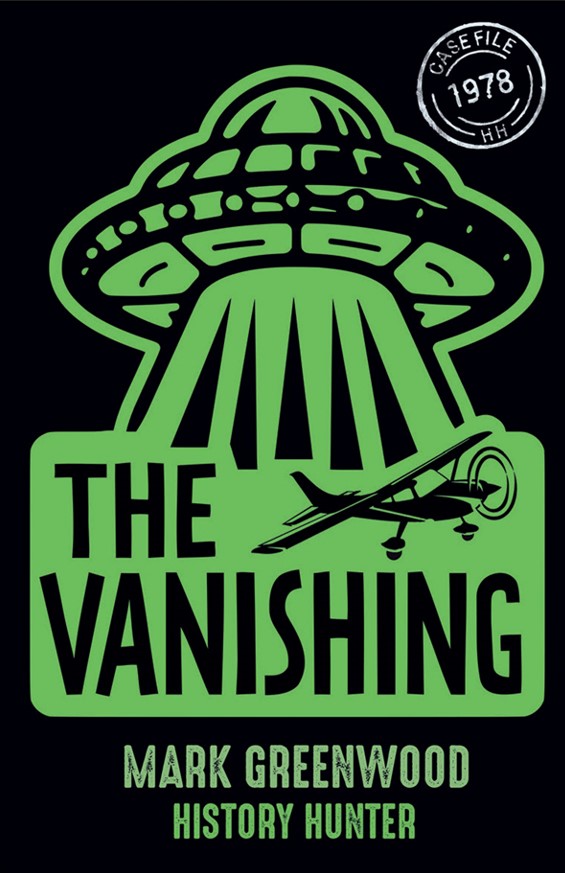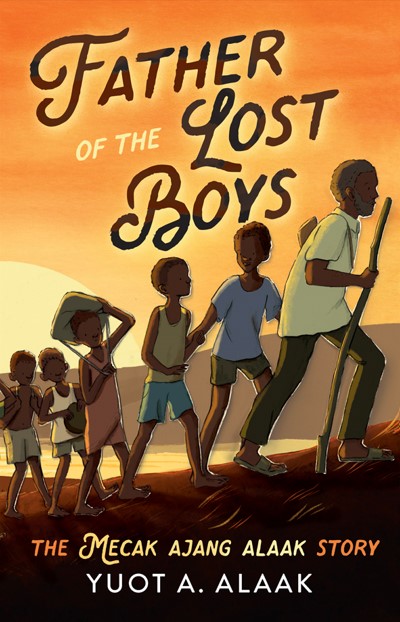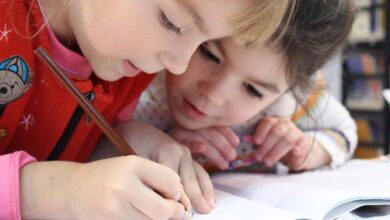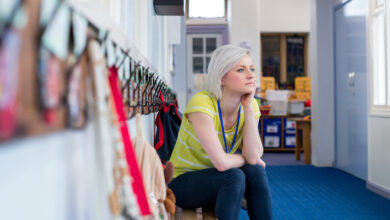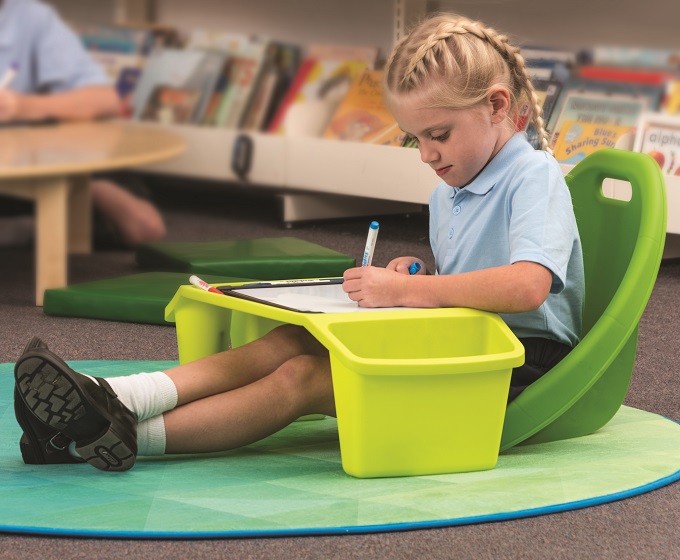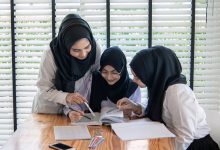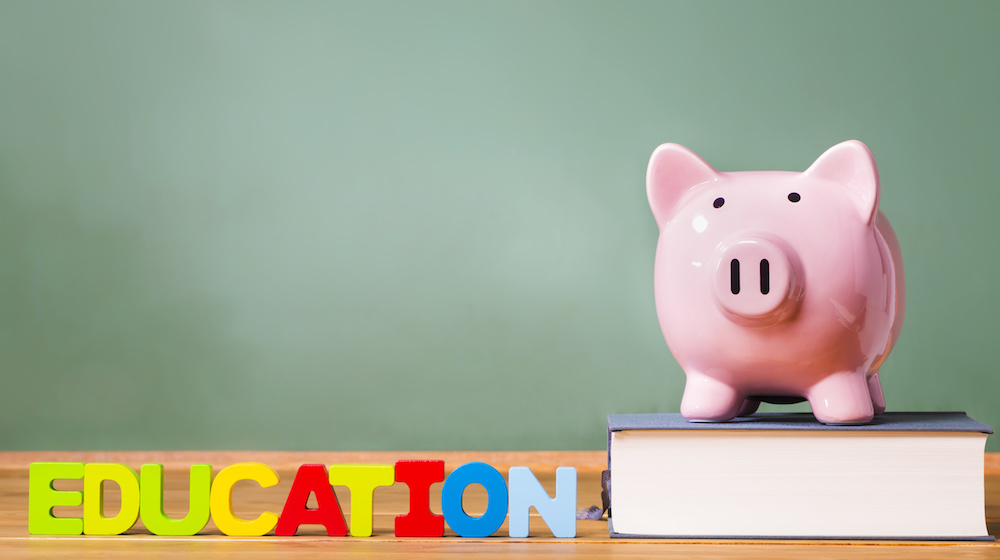Why more non-fiction is needed for kids
A recent survey found that readers of non-fiction don’t find it as easy to discover books as readers of fiction do.
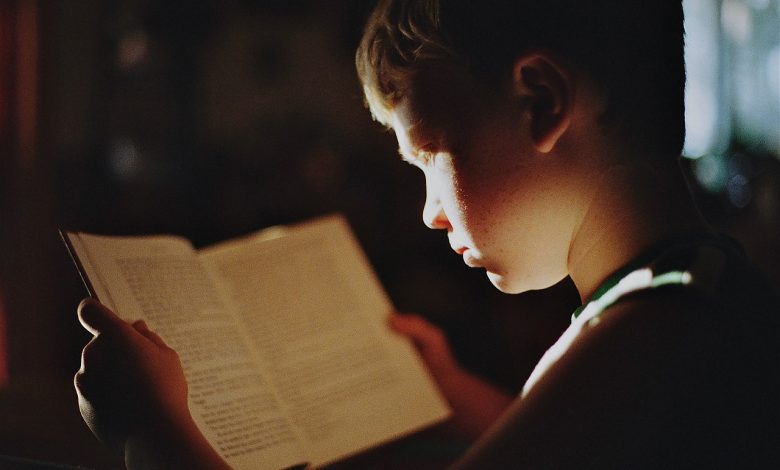
Among the findings of the recently released final report for of the ARC-Linkage project Discovering a “Good Read”: Pathways to Reading for Australian Teens was a statistic that showed non-fiction readers don’t find it as easy to discover books as fiction-readers.
Read the latest print edition of School News HERE
Dr Bronwyn Reddan, a research fellow at Deakin University who studies the recreational reading habits of Australian teens, says there are a range of factors that explain this difference.
“The most popular way teen readers discover books is by reading other books by an author they like. This strategy of book discovery works really well for fiction books, especially when an author has written a series with several books, but it is a less successful way of finding non-fiction reads as it is less common for an author to have written several non-fiction books about the same topic or about the topics a particular reader is interested in reading about,” she explains.
The supply – or lack thereof – of non-fiction books especially written for teens is another major factor. “Some of the school librarians we interviewed told us that non-fiction books written for teen audiences is a gap in the market, especially titles about Australian sports and biographies without adult themes, as well as up-to-date reference books that are not too expensive,” says Dr Reddan.
We all have a responsibility to open doors for non-fiction readers, and help make the path to discovery easier.
Why is non-fiction so important?
There are a number of reasons why non-fiction books are so valuable for children.
Language skills: reading non-fiction is great for developing vocab as well as exposing children to different language patterns.
Reading skills: the different text features used in non-fiction books means students need to utilise different reading skills. This can help them prepare for upper grades where non-fiction forms a greater part of the curriculum.
“Being able to read and understand informational texts is increasingly important as students move through the school system,” explains Dr Reddan. “Every bit of practice counts in helping students develop the critical thinking and analytical skills they need to understand this type of reading material.”
Mark Greenwood, a self-described history hunter is the author of many celebrated non-fiction books for children. He says non-fiction is rich with opportunities for children to learn.
“In the safety of a book, young people can develop an understanding of events, struggles and perspectives.” Mark Greenwood
Greenwood believes that non-fiction and narrative non-fiction offer students innovative formats and writing styles that engage readers in a unique and different way.
“Narrative Nonfiction books provide readers with a context from which to understand a past time, a place, a person or the world around them. Their success depends on an accurate presentation of facts that encourages students to think and feel, so they can make judgements and compare different perspectives [and] become a springboard for deeper studying and learning.”
Real-life cases: reading non-fiction exposes students to the world, raising awareness, challenging assumptions and teaching them about real-world solutions.
Yuot Ajang Alaak, author of Father of the Lost Boys (2020) chose non-fiction to tell the story of his father, Mecak Ajang Alaak, a teacher who led 20,000 boys at risk of being forced to become child soldiers, in a four-year journey from Ethiopia to Sudan.
“Non-fiction books give children the rare opportunity to walk in other people’s shoes and see the world through their eyes. They allow children and teens to be part of the global village.” Yuot Ajang Alaak
Alaak further explains: “Maya Angelou once said that there is no greater agony than that of an untold story. I felt strongly that this story had to be told because true stories are critical in shaping children’s understanding and help build empathy. This was particularly important since the story transpired whilst I was a child and teenager.”
Inspiration: not only can non-fiction books be educational, but often they are also inspirational. Students curious about specific topics can find a community of like-minded people.
“Non-fiction books are a valuable source of knowledge about the world that can introduce young people to new places and ideas, and allow them become an expert on a topic they are interested in and spark curiosity to learn more,” says Dr Reddan.
Jenny Davis, author of Courage Be My Friend: The Vivian Bullwinkle Story is a playwright, actor and author with a deep love of history. “The writer’s job is to bring the people and their stories alive, onstage or in book form, by imagining how their world would look and feel and how they might think, behave, and speak. History becomes more accessible, and we are more likely to retain information and lessons from history if they are part of an exciting story,” she explains.
“There are so many extraordinary true stories to tell, and I believe the stories can have more impact with children and teens when they know these are real experiences. I believe the real-life protagonists in the stories can inspire us and show the way forward. In our childhood and teen years, we look for role models. We can learn a great deal when role models are from real life; learn how people deal with tragedy, hardships and triumphs and imagine how we might react in similar circumstances.” Jenny Davis
Where should you go to find non-fiction reads?
Although the discovery process for non-fiction titles might not be as easy as grabbing the next book in a series or seeing what’s hot on Booktok, Dr Reddan says that there are still a number of places to find non-fiction reads.
“One of the best ways to find non-fiction books is to visit your local public or school library and explore their collection. Librarians are experts at helping people find information and they can show you where non-fiction books are kept and how to search the catalogue to find books on different topics. Independent bookstores also have knowledgeable staff who can help you find books on a particular topic or you can browse books organised by subject. Another useful resource is the Your Kid’s Next Read podcast and Facebook community run by Megan Daley and Allison Tait.”
“Non-fiction comes in all shapes, sizes and writing styles,” adds Mark Greenwood.” These days there are books on every subject that can be imagined, with eye-catching designs, captivating art and rich, engaging language that delights as well as informs. My advice is to seek out the evolving new breed of non-fiction books with fascinating topics that explore concepts and themes that excite, inspire and engage young readers.”
Yuot Alaak adds: “I would always advise them to dive into stories that challenge their perceptions of the world and for stories that are outside of their norms and comfort zone, allowing them to experience the ‘other’. If they only read non-fiction that takes place within their cities and/or neighbourhoods, they are depriving themselves of the richness that the world offers.”

